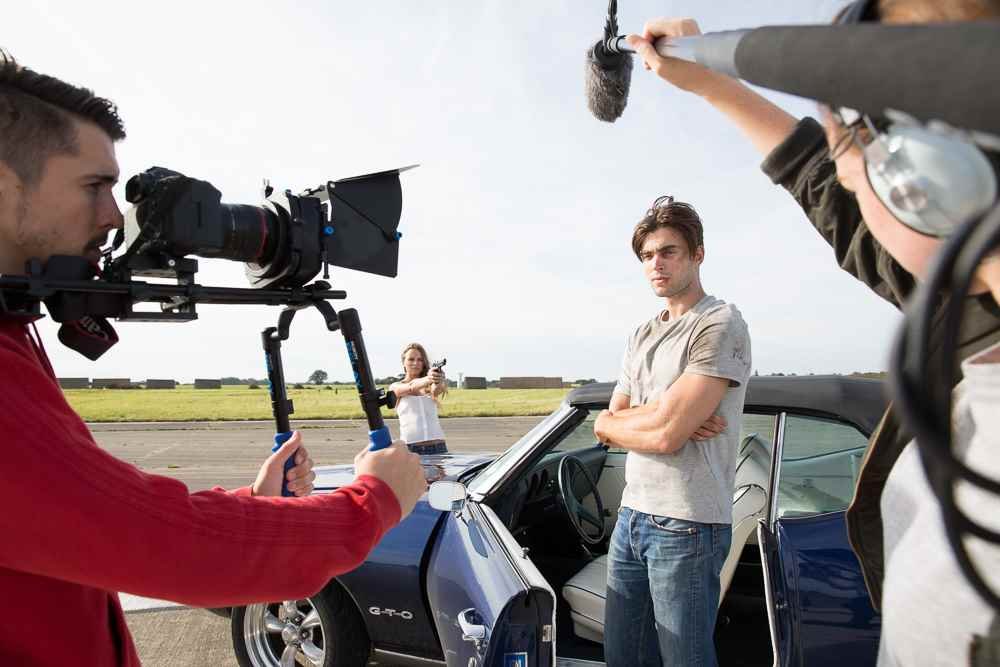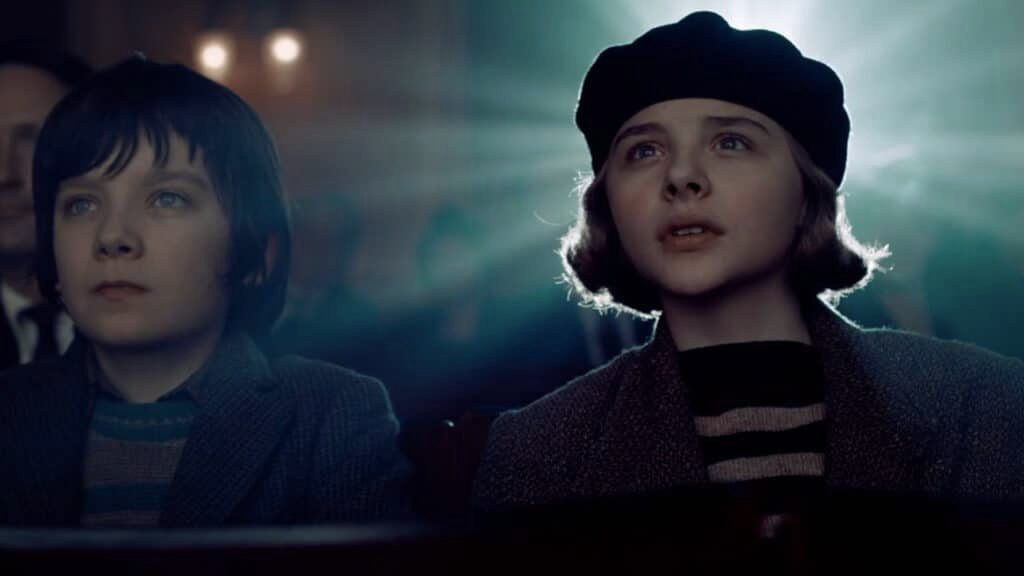Watching movies can be an entertaining escape, but diving deeper into the narrative can enhance your appreciation and understanding of film as an art form. Whether you’re a budding film critic or simply want to enjoy movies on a different level, learning how to analyze a movie effectively is crucial. This guide will help you navigate the key elements of film analysis, making your next movie-watching experience more enriching.

1. Understand the Basic Components of Film
Story and Plot Structure
First and foremost, every film has a story and a plot structure. The story encompasses the overall narrative, while the plot refers to how that narrative unfolds. When analyzing a movie, pay attention to the key events, character development, and how the plot progresses. For instance, does the story follow a linear path, or does it utilize flashbacks? Understanding this aspect can reveal the director’s intentions and the emotional impact of the film.
Characters and Characterization
Next, consider the characters. What motivates them, and how do they evolve throughout the film? Look for character arcs—these are changes or transformations that characters undergo, which often serve as a reflection of the film’s themes. Ask yourself if the characters are relatable or if they challenge your perceptions. This deep dive into characterization can significantly enhance your understanding of the film’s emotional core.
2. Explore Themes and Messages
Identifying Themes
Themes are the underlying messages or central ideas of a film. They often address complex social issues, human emotions, or philosophical questions. When analyzing a movie, try to identify these themes. For example, does the film explore love, loss, identity, or societal norms? Recognizing the themes can provide insight into the director’s intent and the cultural context in which the film was made.
Symbolism and Motifs
In addition to themes, pay attention to symbolism and motifs. Symbols are objects or images that represent larger concepts, while motifs are recurring elements that reinforce themes. For instance, a red rose might symbolize love, while rain could symbolize cleansing or new beginnings. Identifying these elements will deepen your appreciation of the film’s artistry and the director’s craft.
3. Examine Technical Aspects
Cinematography and Visual Style
Cinematography is another vital component of film analysis. It encompasses the visual elements, including camera angles, lighting, and shot composition. Ask yourself how these choices affect your viewing experience. For example, does the use of close-ups enhance emotional intimacy, or do wide shots create a sense of isolation? Understanding cinematography can reveal how visual storytelling complements the narrative.
Sound and Music
Sound and music also play critical roles in shaping a film’s atmosphere. The soundtrack can evoke emotions and set the tone for various scenes. Analyze how music interacts with the visuals; does it heighten tension or create a sense of nostalgia? Furthermore, consider the use of silence—often, what’s not said can be as powerful as what is. Evaluating these elements will provide a richer context for your analysis.
Conclusion
In conclusion, learning how to analyze a movie effectively involves understanding the fundamental components of film, exploring themes and messages, and examining technical aspects such as cinematography and sound. By breaking down these elements, you not only enhance your enjoyment of films but also develop a critical lens that enriches your viewing experience. So, the next time you sit down to watch a movie, take a moment to reflect on these aspects. You might discover a new layer of meaning that transforms your perspective on the film. Happy analyzing!




